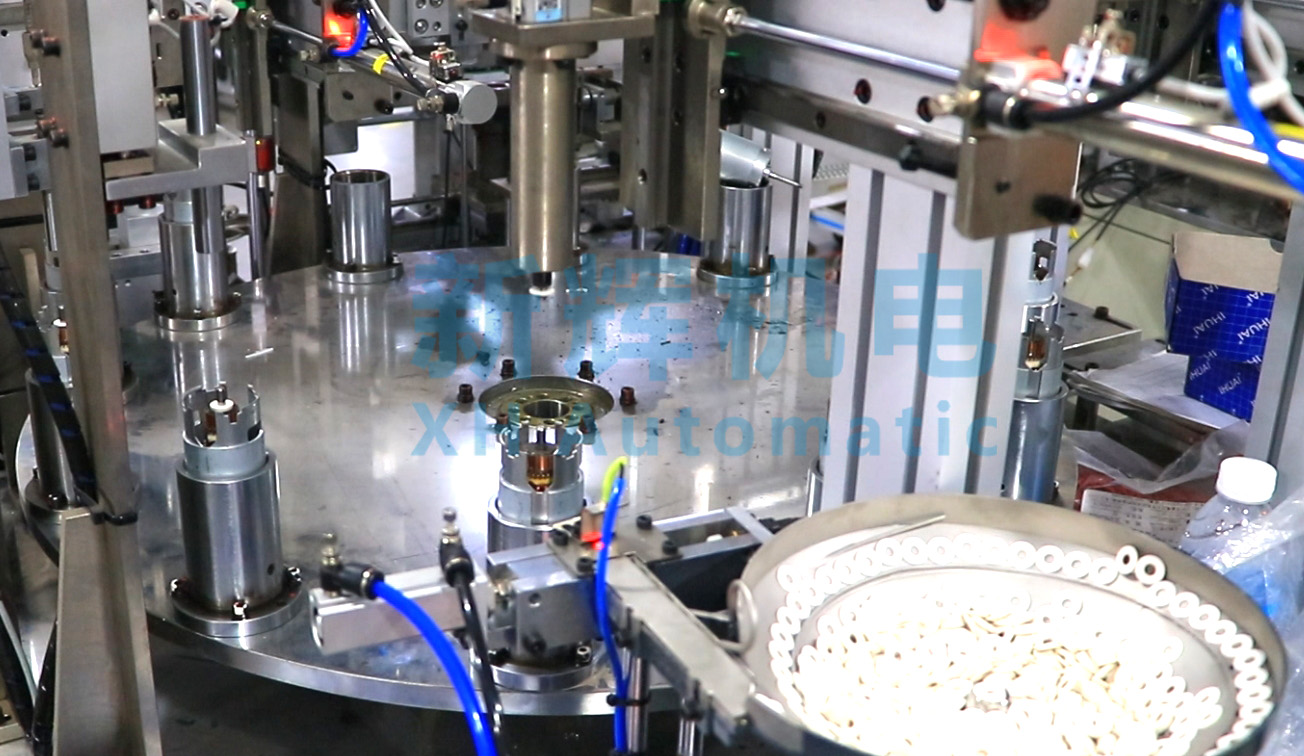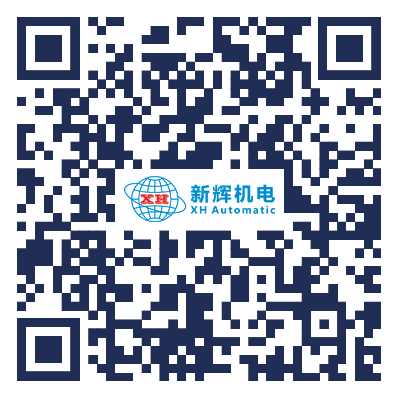Motor motor rotor automatic meson machine what are the common control unit failure and solution?
First, the programmable logic controller (PLC) failure
l Fault phenomenon
The overall operation of the equipment is chaotic, meson installation steps are not in accordance with the program, such as skipping some key steps or repeat certain operations.
The indicator light on the PLC module flashes abnormally, which may be that the power indicator does not light up, the operation indicator light flashes abnormally, or the communication indicator light is always on/off.
The equipment cannot be started, and there is no output signal from the PLC to drive actuators such as motors and cylinders.
l Cause Analysis
Program error: It may be due to logical loopholes in program writing, wrong parameter setting, or the program is subjected to electromagnetic interference or wrong modification during the operation of the equipment.
Hardware failure: The power supply module of PLC module is damaged, the input/output (I/O) interface is damaged, and the communication module is faulty.
External Connection Problems: The wires and cables connecting PLC with sensors and actuators are loose, broken or short-circuited, resulting in abnormal signal transmission.
l Solution
For program errors, it is necessary to use professional programming software to backup, check and modify the PLC program. You can check the logic flow of the program, check whether the parameter settings meet the requirements of the equipment, and at the same time, take measures such as electromagnetic shielding to prevent the program from being interfered with.
Check the PLC hardware module, by replacing the power module, I/O interface module or communication module to eliminate hardware failure. When replacing the module, make sure that the model and parameters of the new module are consistent with the original module.
Check the external connection lines, use a multimeter and other tools to check the through and through situation of the wires, repair loose connections, replace damaged wires or cables, and ensure that the signal can be transmitted normally.

Second, the touch screen failure
l Failure phenomenon
Touch screen is not responsive, no response after touching the operation of the device, the screen does not switch.
The touch screen display content is abnormal, such as screen flicker, splash screen, display content is missing or garbled code.
Touch screen calibration failure, touch position and the actual operating position deviation is too large.
l Cause analysis
The surface of the touch screen is dirty or scratched, affecting the reception and recognition of the touch signal.
The connection cable of the touch screen is loose, damaged or the interface contact is poor, resulting in signal transmission interruption.
Problems with the driver of the touch panel, which may be due to software conflict, virus infection or low driver version.
l Solution
Clean the surface of the touch screen, use a clean soft cloth to gently wipe the screen to remove dust, oil and other pollutants. For the touch screen with scratches, if the scratches seriously affect the use, you can consider replacing the touch screen.
Check the connecting wires and interfaces of the touch screen, re-plug the wires to ensure that the interface is firmly connected. If the wires are damaged, you need to replace them with new ones.
Update or reinstall the driver of the touch screen. You can uninstall the original driver, and then download the new version of the driver from the official website of the device manufacturer to install, while checking the device whether there is a software conflict or virus infection.
Third, the controller communication failure
l Failure phenomenon
Between the various control units (such as PLC and sensors, PLC and actuators) can not be normal communication, resulting in equipment can not be coordinated.
Data loss, error or delay in the communication process, so that the equipment control instructions can not be timely and accurate implementation.
The communication failure alarm lamp lights up, indicating that there is a problem with the communication system.
l Cause analysis
Communication line problem: the communication cable is damaged, the interface is loose or poor contact, resulting in communication signal interruption or attenuation.
Communication protocol mismatch: the communication protocol settings between different control units are inconsistent, preventing effective data exchange.
Electromagnetic interference: The strong electromagnetic environment around the device interferes with the communication signal, which degrades the signal quality.
l Solution
Check the communication line, replace the damaged communication cable, re-insert and remove the interface to ensure a firm connection. Professional communication test tools can be used to check the signal quality of the communication line.
Check and unify the communication protocol settings of each control unit to ensure that they can exchange data according to the same rules. You can refer to the technical manual of the device for the configuration of the communication protocol.
Take electromagnetic shielding measures, such as using shielded cables and installing electromagnetic shielding covers, to reduce the impact of electromagnetic interference on communication signals. At the same time, keep the equipment away from strong electromagnetic sources, such as large motors and high-frequency equipment.
※ If the above ways and means still can not solve the equipment failure, please contact Xinhui Electromechanical Equipment Co., Ltd. technical specialists through the page chat tool to seek help.







